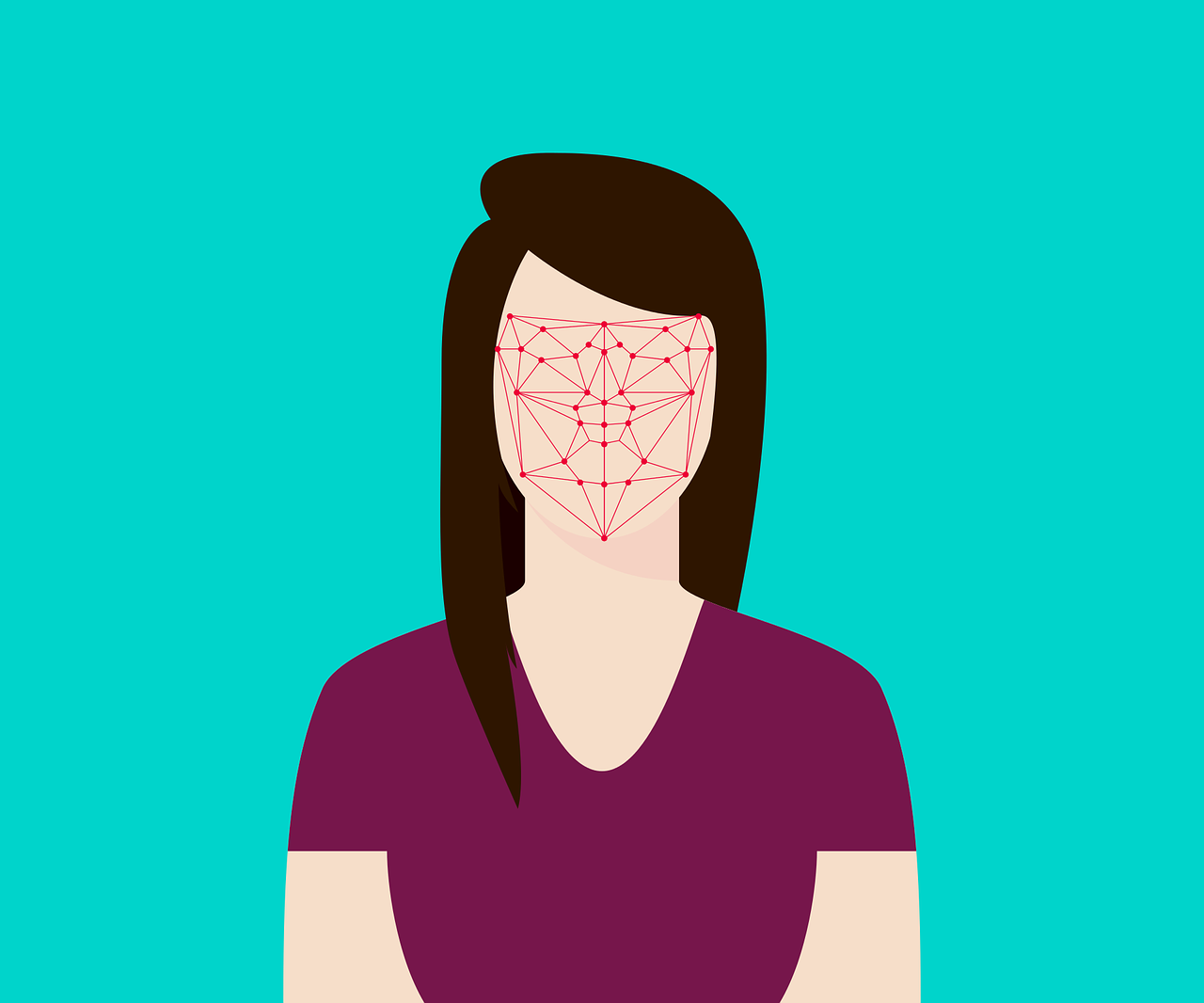This technology of identification of individuals analyzes the biometric characteristics of the human face, and works thanks to the development of complex mathematical processes and matching algorithms.
The facial recognition in recent years has evolved exponentially. It is very rare that we do not yet have a device with facial recognition, since it is already incorporated in any computer with Windows Hello and IR camera, any latest generation Android device, or the already popular [Face ID system] of the new iPhone X Facebook, with 1,450 million active users worldwide, uses the same system to recognize faces and automatically tag users in photographs.
Facial recognition and its advantages
This technology of identification of individuals analyzes the biometric characteristics of the human face. In the beginning, it started with simple geometric models, but today its level of sophistication is very high, thanks to the development of complex mathematical processes and matching algorithms.
Facial recognition systems can be of two types: based on each of the facial features (distance between the eyes, shape of the nose and mouth …) or photometric , based on the geometry of the entire face.
Facial recognition, a technology from more than half a century ago
Facial recognition is a system that allows the identification of a person by analyzing the biometric characteristics of his face, such as the distance between the eyes or the size of the head, for example. Although the first steps were taken there by the 60s of the last century, it has been during this last decade when its development has begun to be taken seriously. Until now, technological development made it possible to skip these security measures with a simple photocopy. But things have changed.
Also read: What is Edge Computing?
The intention? That this technology is part of our day to day in all imaginable areas.
For a facial recognition software to work, it has to go through several phases:
Detection: the face of the person to be identified in the chosen device is captured.
Extraction of facial features: the program obtains the biometric information of the facial features, which make up the so-called facial biometric pattern.
Comparison: the biometric information obtained with those existing in a given database is checked. As a result, the percentage of similarity of the person to be identified with those stored in the said base is obtained. Decision making: the face will be identified as the one that has obtained the highest percentage of similarity from those consulted, from a very high threshold of coincidence.
The advancement of this technology has aroused the interest of various markets and sectors, and its implementation in the universe of smartphones has already introduced it not only in companies but also in homes.
In this way, it is already possible from unlocking a mobile phone through facial recognition to authorizing payments on our purchases. The Orlando airport, for example, has incorporated software to expedite the flow of international passengers, and security forces begin using them to locate missing persons or capture criminals on the run.




